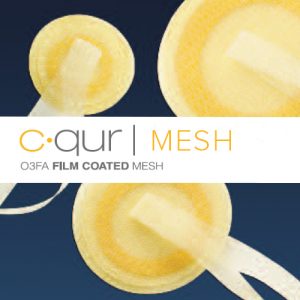
Medical devices, implants and tools are used daily by people and medical personnel all over the country and are intended to improve the overall health and quality of life in patients. These medical devices are often intended to prevent or protect against certain medical dangers or injuries during the course of performing medical treatment or surgery.
However, what happens when the medical device or implant causes an injury to the patient? Such an occurrence will likely result in the pursuit of a product liability lawsuit against the manufacturer by the injured patient. During the course of litigation, the issue of the U.S. Food and Drug Administration’s (FDA) 510(k) clearance process of the subject medical device will likely arise. The FDA’s 510(k) process is one way to introduce new medical devices or implants to the market. In pursuing the 510(k) approval route, the manufacturer will submit an application to the FDA seeking clearance under the 510(k) process. Among other items, the 510(k) application will include a description of the medical product and the intended use of the product. Further, the application will reference other similar products that are on the market being used in a substantially similar manner.
While we would like to believe that the FDA is conducting a thorough and complete analysis of each medical product that is on the market, this is not the case. The FDA was never set up in this manner and simply does not have the resources to conduct such an analysis on every product. This type of in-depth, thorough evaluation is reserved for a different class of medical devices and implants, which is known as Pre-Market Approval (PMA).
 Alabama Injury Law Blog
Alabama Injury Law Blog

















